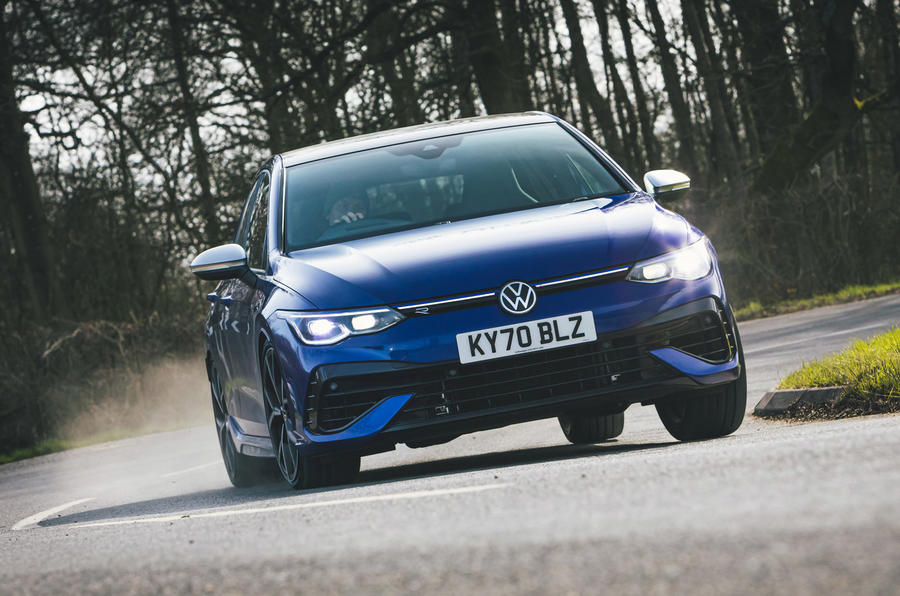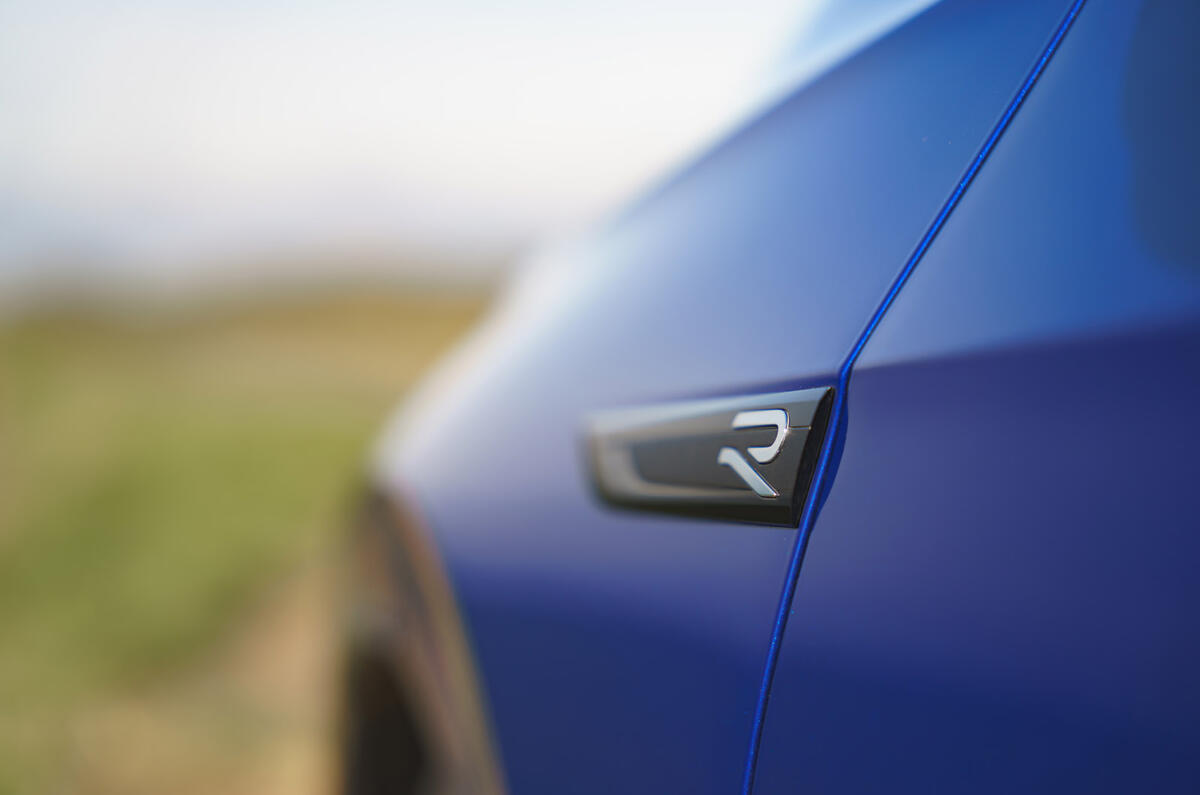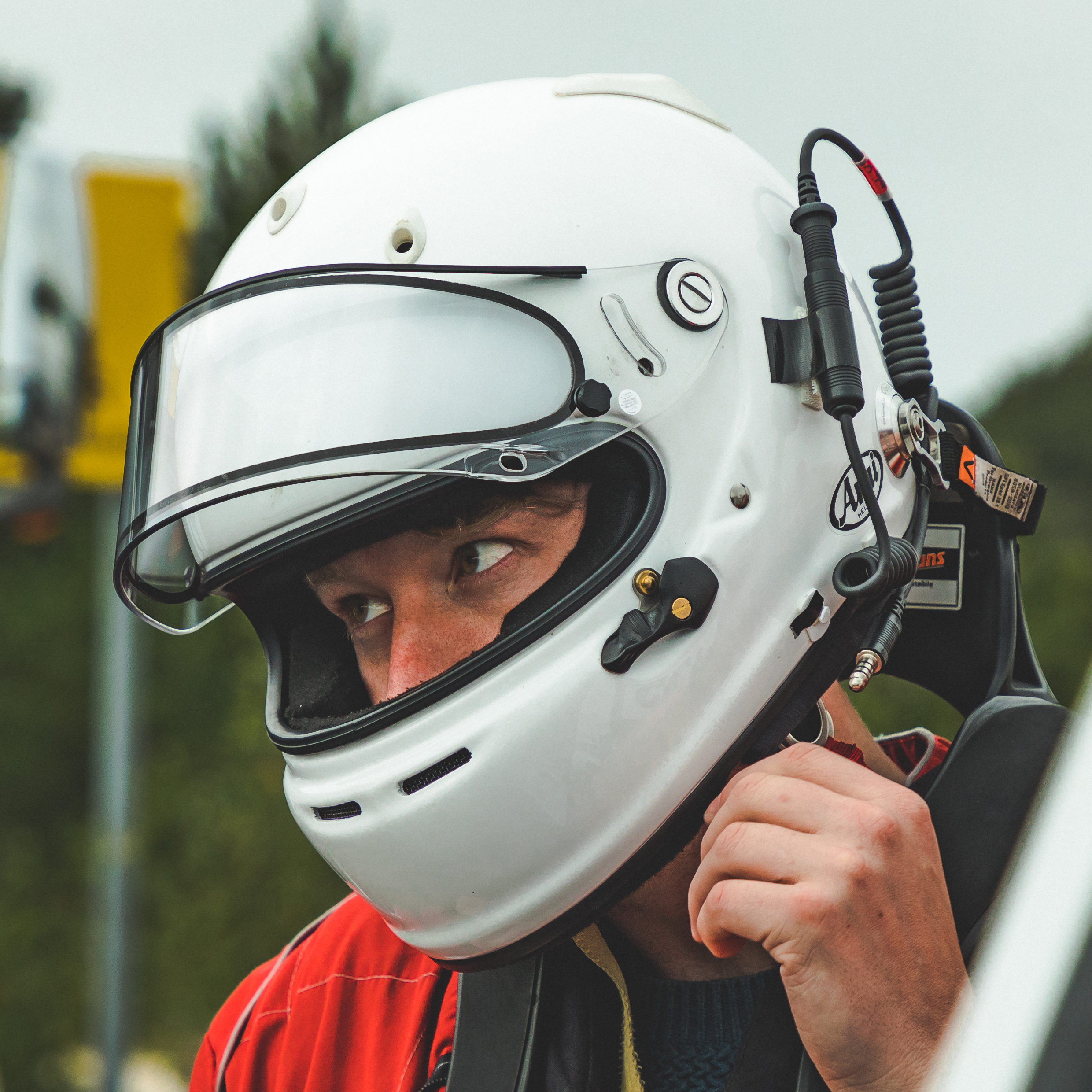What is it?
Here we go again: The Great All-Rounder, back for the fifth time. Or, as it would perhaps be more accurate to say, for the third.
The first two of the Volkswagen Golf R brigade were the R32 flagships of the Mk4 and Mk5 Volkswagen Golf, but what their thirsty 3.2-litre V6 engines and four-wheel drive gave in terms of personality and pace was rescinded in the form of nose-heavy chassis balance and flat-footed handling. Only the committed wealthy bought them.
Even so, when the decision was made that the Mk6 2010-2012 VW Golf R should adopt the four-pot Volkswagen Golf GTI motor, it was of course derided. What we didn’t realise in 2010 was that this switch was an essential step in the Golf R’s journey toward becoming the most broadly desirable (and also the most stolen) hot hatch on the planet. By the time the Mk7 2014-2020 Volkswagen Golf R hit our roads, no rival could match its combination of stability and finesse, or performance and comfort.
All of which, you would think, leaves Volkswagen precious little room to manoeuvre here, with the new Mk8 VW Golf R model. And duly, there are countless elements carried forward, not least the trademark Lapis paint job, yours for £755. The 2.0-litre EA888 engine famous for its service in every hot Golf since the Mk6 is also reprised, albeit in fourth-gen trim and with 316bhp rather than 296bhp, now that Volkswagen has figured out how to increase the state of tune without failing WLTP emissions tests.
It makes this the most powerful Golf there has ever been, although you would expect nothing less given the £39,270 asking price, rising to £44,365 for the car before you. Torque also rises 30lb ft to 310lb ft, but in terms of straight-line speed, all is much as before: under the auspices of the launch control programme, 62mph comes up in 4.7sec for the Mk8, while it was 4.6sec for the Mk7. That’s right. The flashy newbie is technically slower, but I think we’re all mature enough to handle the 0.1sec deficit.
What might surprise you about the Mk8 Golf R is that it comes solely with a seven-speed dual-clutch gearbox, although in truth the Golf R hasn’t been offered in the UK with three pedals since not long after the Mk7’s mid-life refresh in 2017. (The Amercans can still choose to have the manual gearbox.) In the same vein, five doors rather than three are still the order of the day. And as with the regular Golf, the Mk8 R is fractionally wider, longer and taller than its predecessor. In dynamic terms, the knock-on effect is that track widths are up, if only by half a centimetre or so at each end, meaning the latest R appears no stockier than before. Kerb weight is also now 1476kg – up 46kg on the original Mk7 R of 2014, and 88kg more than the current GTI.
So what has really changed? Well, in 2019, Jost Capito, the then head of Volkswagen’s R division, fresh from his stint as CEO of McLaren Racing, insisted that the Mk8 Golf R, at that point more than halfway through its five-year development cycle, would feature neither four-wheel steering nor that darling of the modern mega-hatch set: a Drift mode. He was correct in only one of those statements, and so while the Mk8 Golf R can’t swivel its rear wheels to enhance agility, as can the Renault Sport Mégane, it does have a new selectable driveline preset that makes the handling more tail-led. This Drift setting comes as part of the £2000 R Performance Pack, which also includes another all-new mode, known simply as Special. Unlike Drift, which is purely fun-loving, Special sets the dampers and 4Motion four-wheel drive system to the same parameters Volkswagen used when the Mk8 Golf R lapped the Nürburgring Nordschleife 17sec quicker than its predecessor. Maximum attack, basically.




















































Join the debate
Add your comment
"now that Volkswagen has figured out how to increase the state of tune without failing WLTP emissions tests" hahaha! We all know how it ends up when Volkswagen Audi Group figure out how to not fail emissions tests. Avoid!!